Taking a look under the hood of your vehicle can be intimidating considering all the various parts, components, hoses, and belts that reside among the engine and transmission. When it comes to the fundamental functions of your vehicle, basic knowledge can help you recognize potential problems before you wind up on the side of the road standing next to an immobile car or truck. You know that the engine provides the power to mobilize your vehicle but do you know that the CV boots, u-joints, and axles, as part of the drivetrain, are what put your vehicle into advancing motion?
Drivetrain
The drivetrain connects the axels to the transmission, including the CV (constant velocity) joints to the differential, sending power to the wheels. It’s important to know the symptoms of what the vehicle presents when something has gone wrong with the drivetrain. It’s time to visit a service center if you notice:
- Grease on the underside of the vehicle or on the tires. Usually, these signs indicate a failure in the CV shaft assembly and require U-Joint or axle repair, a new CV boot, and/or related CV mechanisms.
- Clicking sounds heard when turning.
- Excessive vibration with increased speed.
Constant Velocity Joints
CV joints transmit power through at a variable angle at a constant, rotational speed when you turn the steering wheel or when the control arm moves up and down. CV joints are an essential part of the handling and safety of your vehicle but after time, due to the constant exertion, poor road conditions and hazards, they become damaged or wear out.
The axle, also known as the CV assembly, is comprised of a series of universal joints and shafts engineered to enhance stability and handling while driving. Excessive vibration, particularly during acceleration is a clear indicator that the axle is in disrepair.
CV boots shield the joints from environmental impairments such as dirt and debris, keeping the joints lubricated. Grease stains on the inside of your wheels is an indication that the CV boot is leaking and should be replaced. It’s recommended to replace the boots as soon as the issue is identified to prevent further damage from occurring to the CV joint.
Though symptoms such as vibrations while driving, grease stains on your tires or clicking sounds while driving may indicate something could be wrong with your drivetrain, routine inspections can help identify the condition of your CV joints, boots, and axles preventing a significant repair down the road.
